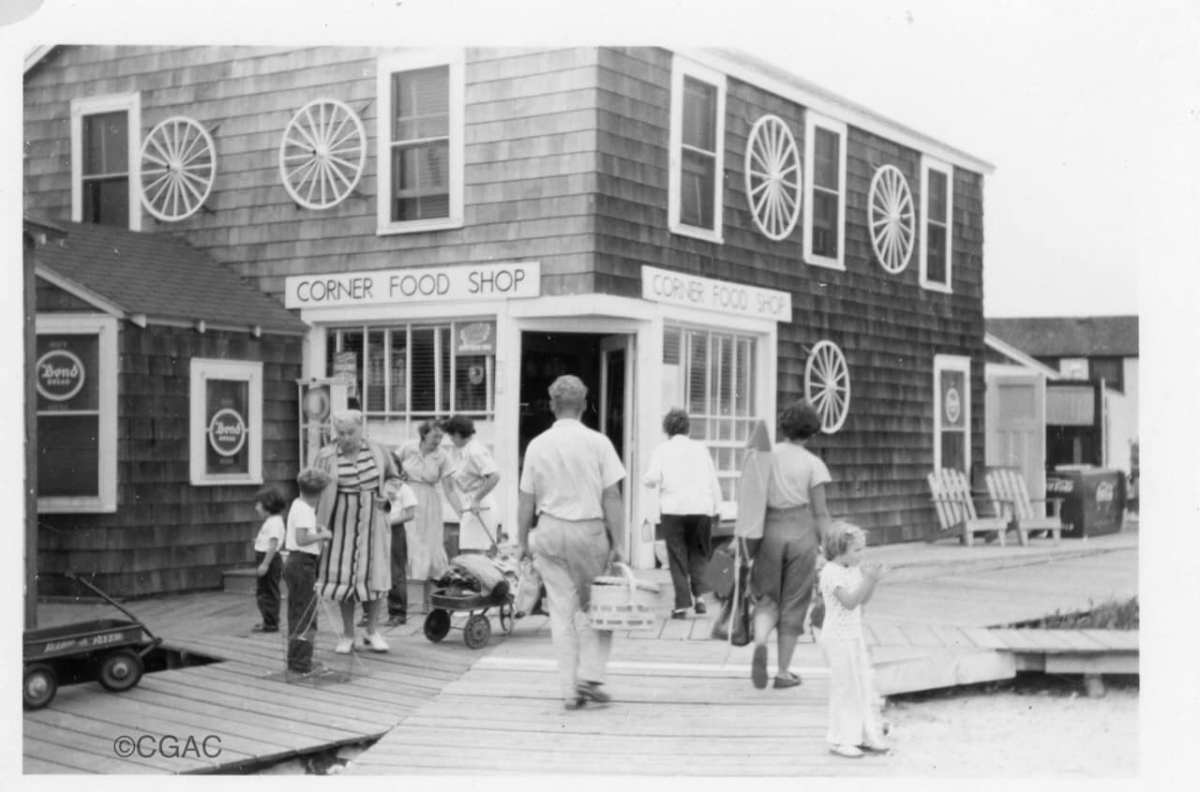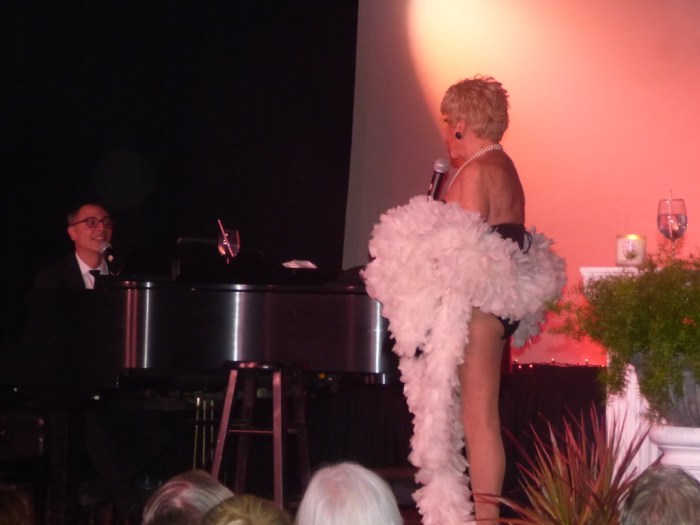The month of March is just about the time of year when the last few grains of sand have sifted from tote bags, wheeled luggage, and canvas shoes; travel items are put to alternate use, and in different locales, during winter’s months. Soon Cherry Grove homeowners begin to check the weekend weather reports, the Sayville Ferry, and LIRR train schedules. They telephone and text beach neighbors asking, “So, when do you think you’ll be opening your house?”
Spring returnees report on home improvements, their gardens, new appliances, and what repairs or construction fall into the “do it yourself” category or require a skilled contractor. Wooden decks are power-washed. Houses get spruced up with fresh paint. Barbeque grills are cleaned. Sun umbrellas aired. Deck furniture placed outdoors in conversation groupings.
Kitchens are stocked. For the roving cocktail crowd, cases of wine and liquor are ordered. Cherry Grove neighbors drop by each other’s houses to see a newly installed smart HDTV or test-drive an industrial-strength drink blender. Just like homeowners and renters any place else in the world. This activity echoes our Cherry Grove ancestors of years ago.
Rail service arrived in Sayville in 1868. By the late 1800s, the Candee Avenue trolley brought travelers to the Great South Bay for ferry service to Archie and Elizabeth Perkinson’s Cherry Grove Hotel. During his yearly spring visit to Sayville, Archie purchased seeds for Elizabeth’s vegetable garden for themselves and the restaurant’s clientele. Today, we clear winter deadfall from around our cottages, trim shrubbery, and plant bulbs. Maps show Elizabeth’s garden location at Summer Place Realty and Cherry’s Bar.
Lucius Beebe, writing his 1930s “This New York” column for the New York Herald-Tribune, describes Cherry Grove as “a roughing-it retreat … having no plumbing, but the swimming is said to be the finest anywhere around, and there is a hotel with an ancient bar (then known as Alfred Sykes’s) that is a caution.” He recounts a ferryboat ride punctuated by exclamations, “oh-ho” and “for pity’s sake, lady” without reference to the speakers’ sex.
John Chapin Mosher was one of the earliest “known-to-be-gay” male residents at Cherry Grove and a popular writer of short stories and essays for New Yorker magazine. “Celibate at Twilight and Other Stories” (1940), contains his fictionalized, but most certainly semi-autobiographical, accounts of community life in Cherry Grove. In “Beachcombers” Mosher invents a conservative Grove homeowner’s interactions with “city people and their tricks” (meaning, shenanigans). Those summer renters who occupy cottages in early March.
“The house in which I first stayed was a tiny one with one story and open rafters and a large screened deck … with a fireplace to break the chill of autumn and spring,” according to George Freedley, founder of the Arts Project of Cherry Grove.
The fictional woman describes the spring arrivals as an “alien invasion,” and “helpless characters,” of “feverish” and “excitable temperament.”
The excitement of many who relocate annually to Cherry Grove at the opening of the season was captured in a brief note to friends by W.H. Auden in 1947: “Yesterday was my last lecture. Hurrah. Now I just have to wait till I’ve sublet and then — off to “Bective Poplars” [his Grove house name], which I’m looking forward to more than I can say.”
The renowned Anglo-American poet and prose author describes in subsequent letters a typical spring opening of the era’s Fire Island cottages. He debates the relative benefits of repairing damaged porch screens versus replacement with a glassed-in porch. Mundane details include obtaining new washers for the (water) pumps. Mice nests were discovered in a chest of drawers. An exasperated inquiry was made as to the whereabouts of the filler cap for the Aladdin (meaning kerosene lamp). “I’ve improvised one of rubber.” Auden remarks that the grocery store and hotel (then known as Duffy’s) were open even with the Stein’s “ferries only occasional,” and wonders if a more “modern” kerosene stove might be installed in the cottage.
Marion Hoag wrote in her “Cabbages and Kings” column in The Suffolk County News in 1949 of season-opening housecleaning chores at Cherry Grove, “where you have to pump water and fill kerosene stoves. There is a conviviality about painting furniture out on the boardwalk and shouting over to your neighbor who may be washing windows or digging a deep hole to bury last year’s bottles of ketchup and vinegar. When everything is spic and span, we will all settle down to the important business of sunbathing, swimming, and parties.” Just as we do today.
Familiar faces begin to appear. The buzz of activity continues each weekend. It reaches a crescendo by the Memorial Day holiday. The goal on that date has always been to have every home-owning chore completed, menus prepared, and a drink in hand for guests arriving at the door throughout the three-day weekend. Welcome back, everyone!
































